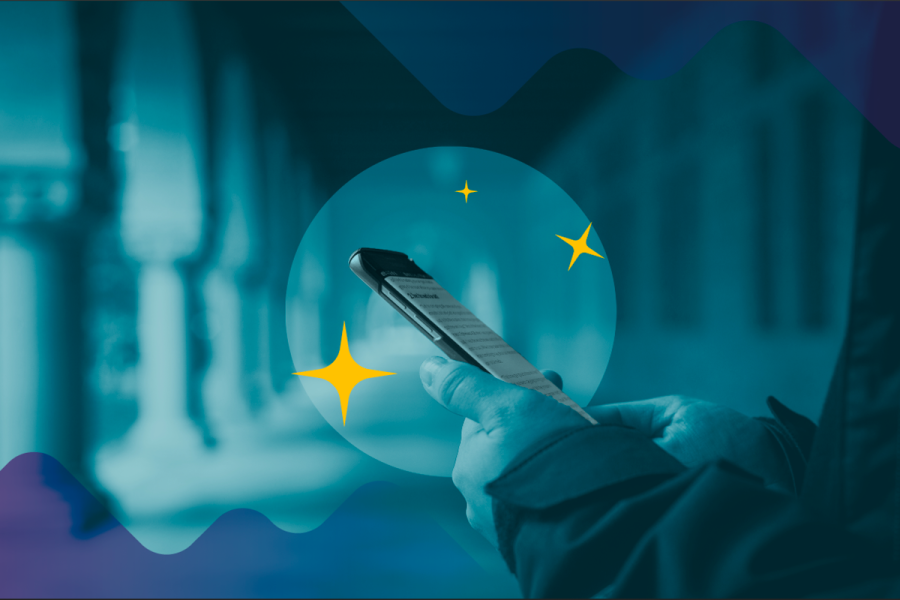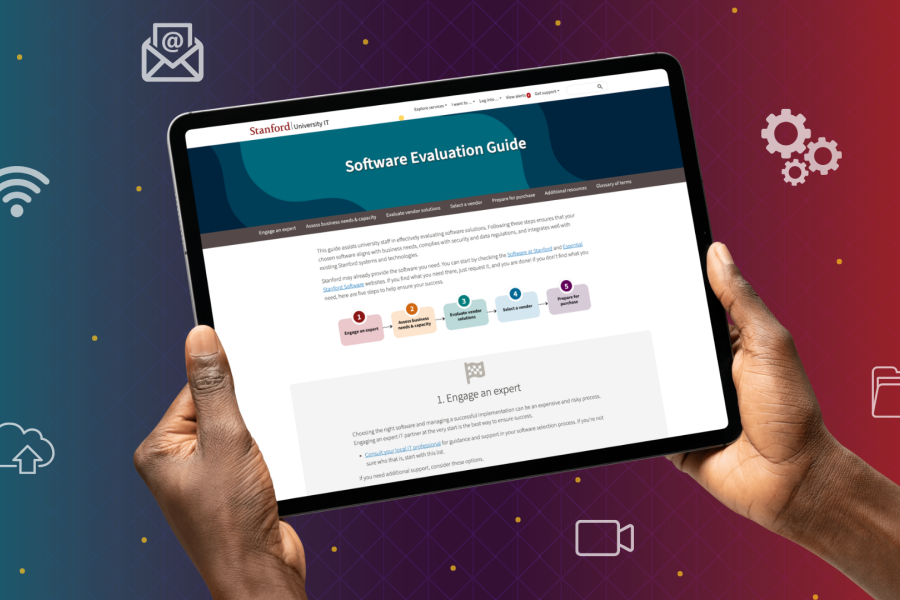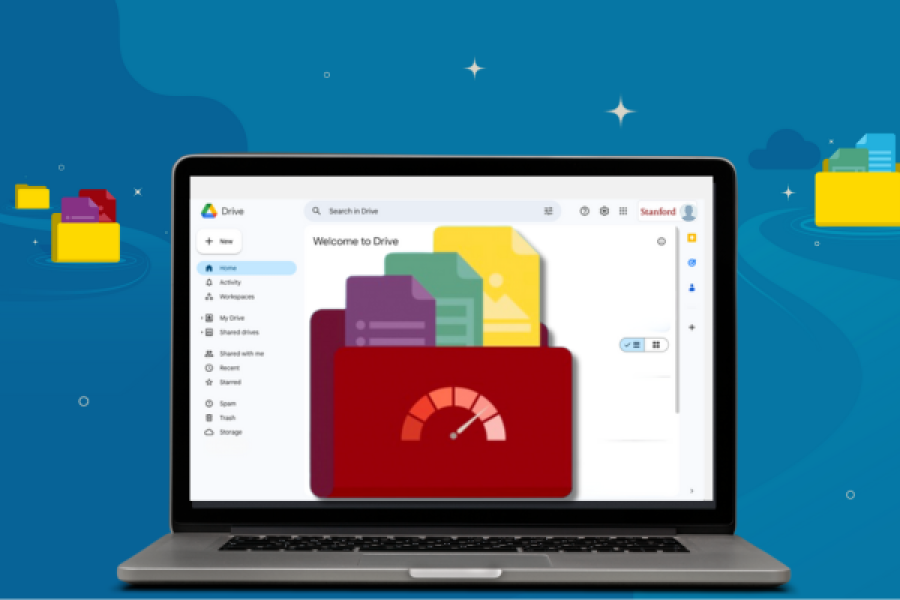Starting in April 2022, you can no longer dial 9 + 7-digit local phone numbers when using the Stanford phone system. This change affects all devices using Stanford phone lines, including:
- telephones
- softphones (Stanford Jabber or Stanford Webex)
- fax machines
- analog devices (e.g., alarm panels, credit card terminals and other similar equipment)
IMPORTANT: Additionally, in October 2021, all carriers delivering service for Stanford-provided mobile phones or analog lines with phone numbers using California area codes 650, 925, 209, and 707 started discontinuing 7-digit dialing.
All 5-digit dialing between Stanford phone lines will continue to work as it does today.
This change affects telephone lines and other devices using the Stanford phone system at all locations, including:
- Historic campus
- Stanford Redwood City campus
- Stanford Health Care and Stanford Health Care Alliance locations (e.g., Stanford Health Care clinics, Stanford Blood Center)
- Stanford Children’s Health and Packard Children’s Healthcare Alliance locations
- Stanford residences (e.g., dormitories, Stanford West, University Terrace, Olmstead Terrace, Welch Road)
- remote Stanford locations (e.g., Stanford in Washington, Stanford Newark Hub)
What do you need to do?
You should immediately start dialing 9 + 1 + 10-digit phone numbers from your Stanford phone line instead of 9 + 7-digit phone numbers. Additionally, you should update your stored “Speed Call” numbers to include all 12 digits. (See Cardinal Voice Services for more information on the Speed Call feature.)
You must dial 9 + 1 + the full 10-digit phone number by June 2022.
Stanford will start a transition period on April 2. During the transition period, telephone calls placed using 9 + 7-digit phone number will forwarded to a message reminding you of the upcoming change before completing your call. Although your call is still completed during this transition period, you can avoid that delay by dialing all 12 digits when placing your call. You must dial all 12 digits starting June 18, 2022.
NOTE FOR FAX MACHINE USERS: Even during the transition period, you must dial the full 12-digit number when sending a fax (i.e., 9 + 1 + area code + 7-digit fax number) or your fax machine WILL NOT CONNECT properly to the remote fax machine.
Departments using analog lines for alarm panels, credit card terminals and other similar equipment should work with the associated vendors to avoid any issues.
Starting June 18, calls placed by dialing 9 + 7-digit phone number will forward to a message reminding you of the change and requiring you to hang up and dial all 12 digits (i.e., 9 + 1 + area code + 7-digit phone number).
Why is Stanford making this change?
On July 16, 2020, the Federal Communications Commission (FCC) adopted rules to establish 988 as the new, nationwide, 3-digit phone number for Americans in crisis to connect with suicide prevention and mental health crisis counselors. The rules require all entities providing phone service to direct all 988 calls to the existing National Suicide Prevention Lifeline starting July 16, 2022. To ensure that calls to 988 reach the National Suicide Prevention Lifeline, Stanford — and other telephone service providers — must transition to 10-digit dialing for all calls.
Questions?
If you have questions about this upcoming change, please submit a Help request.



